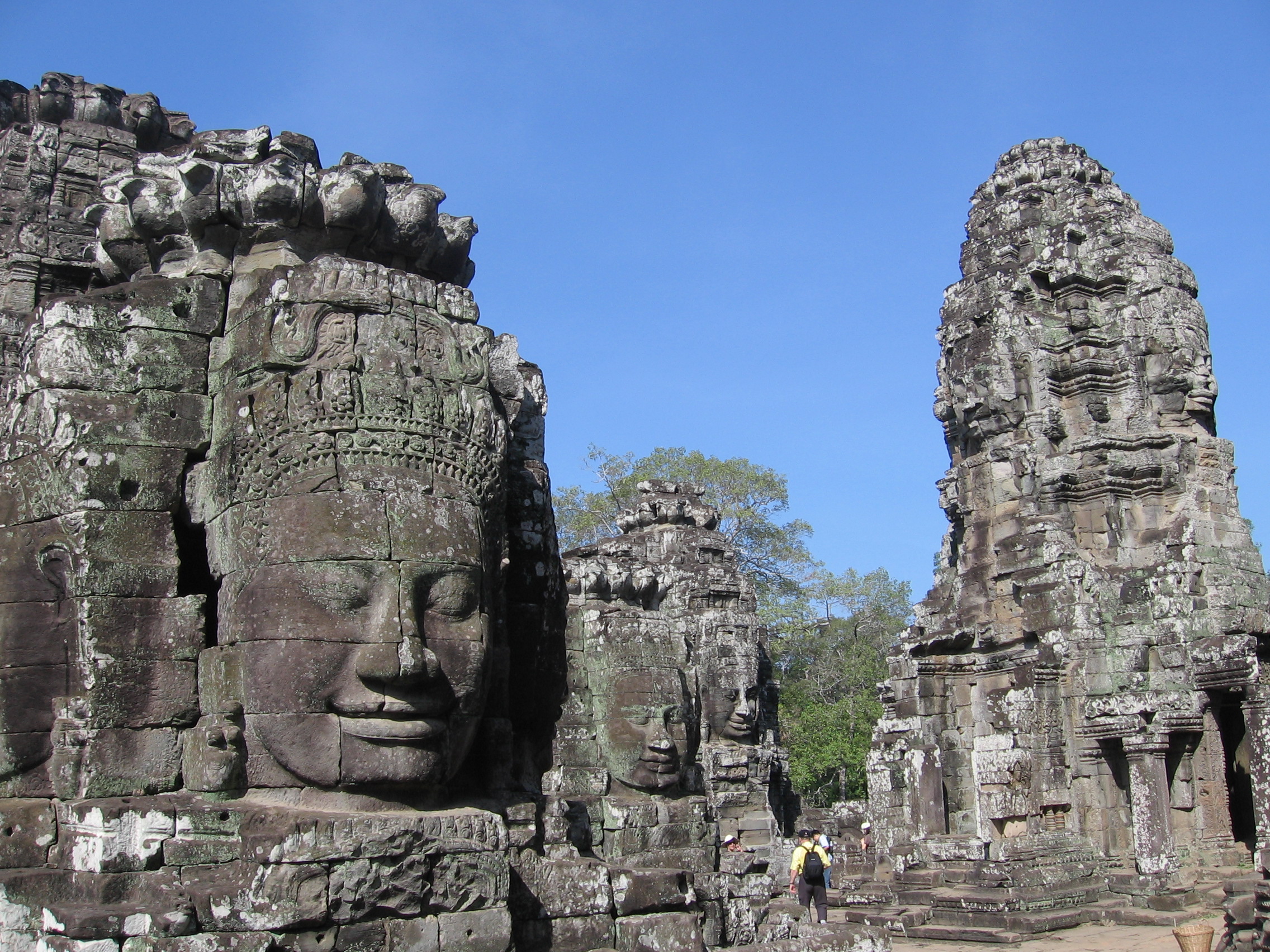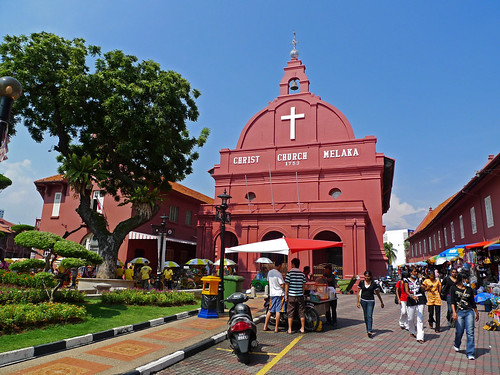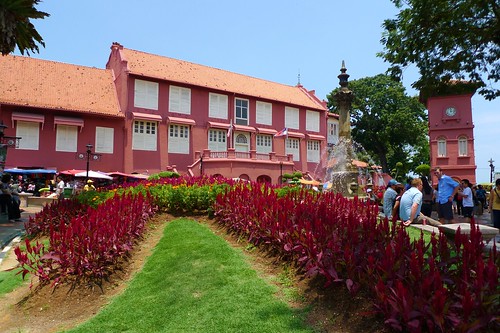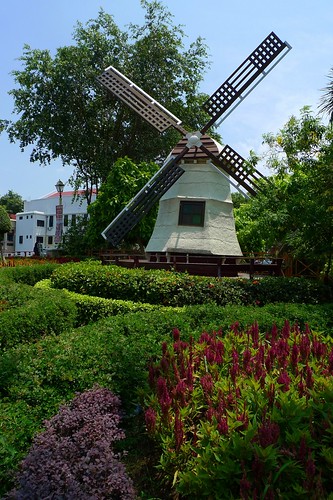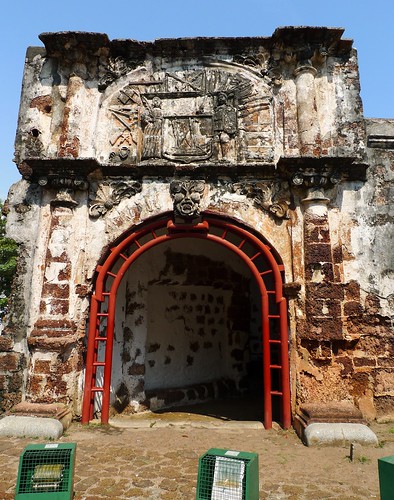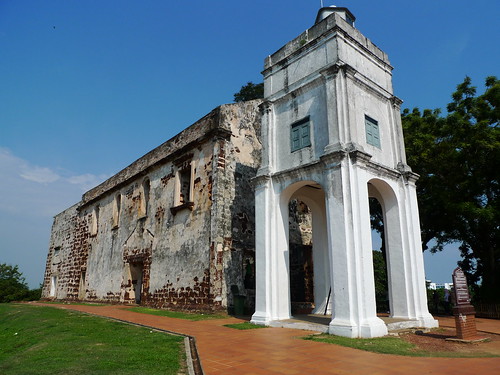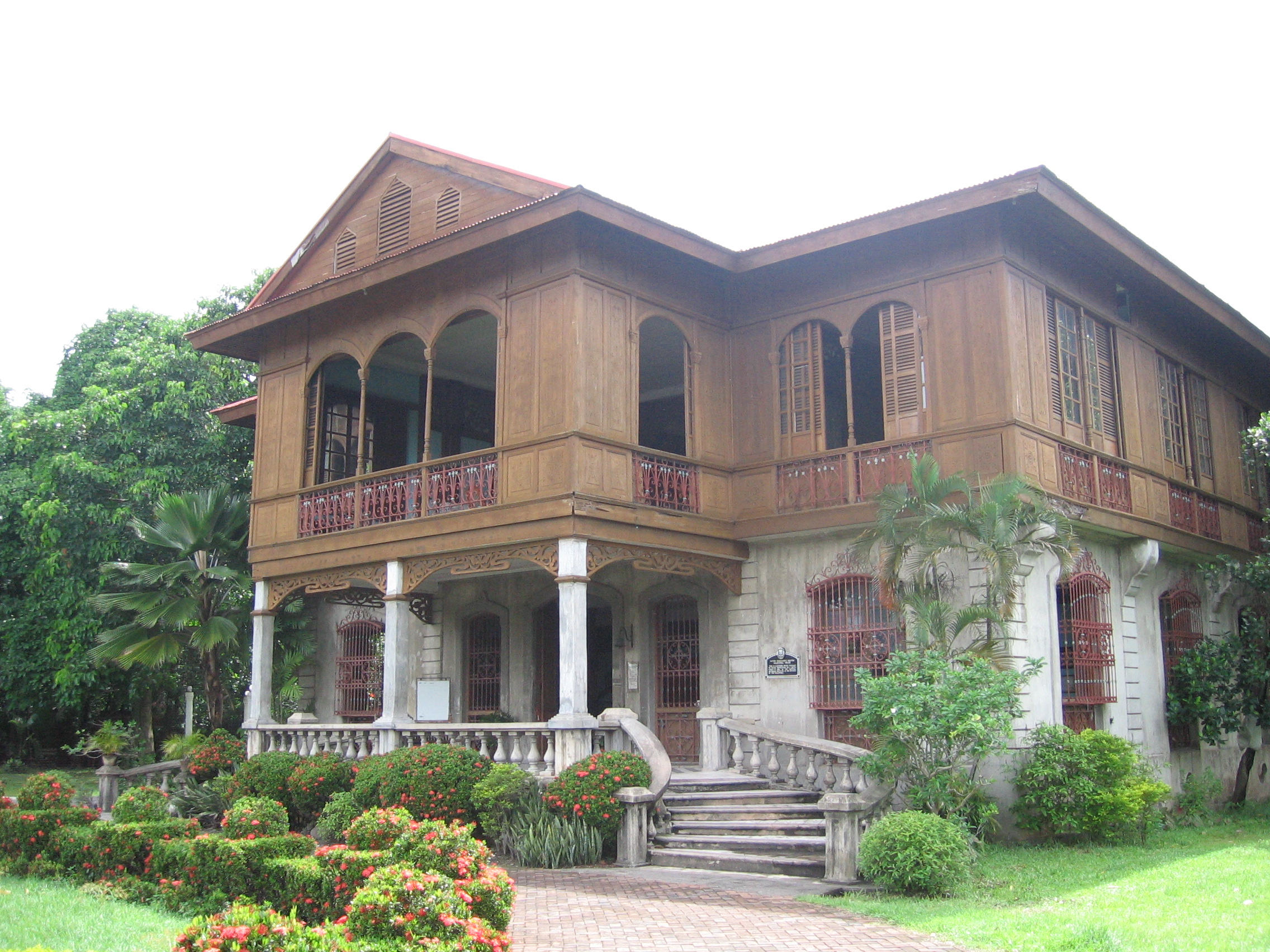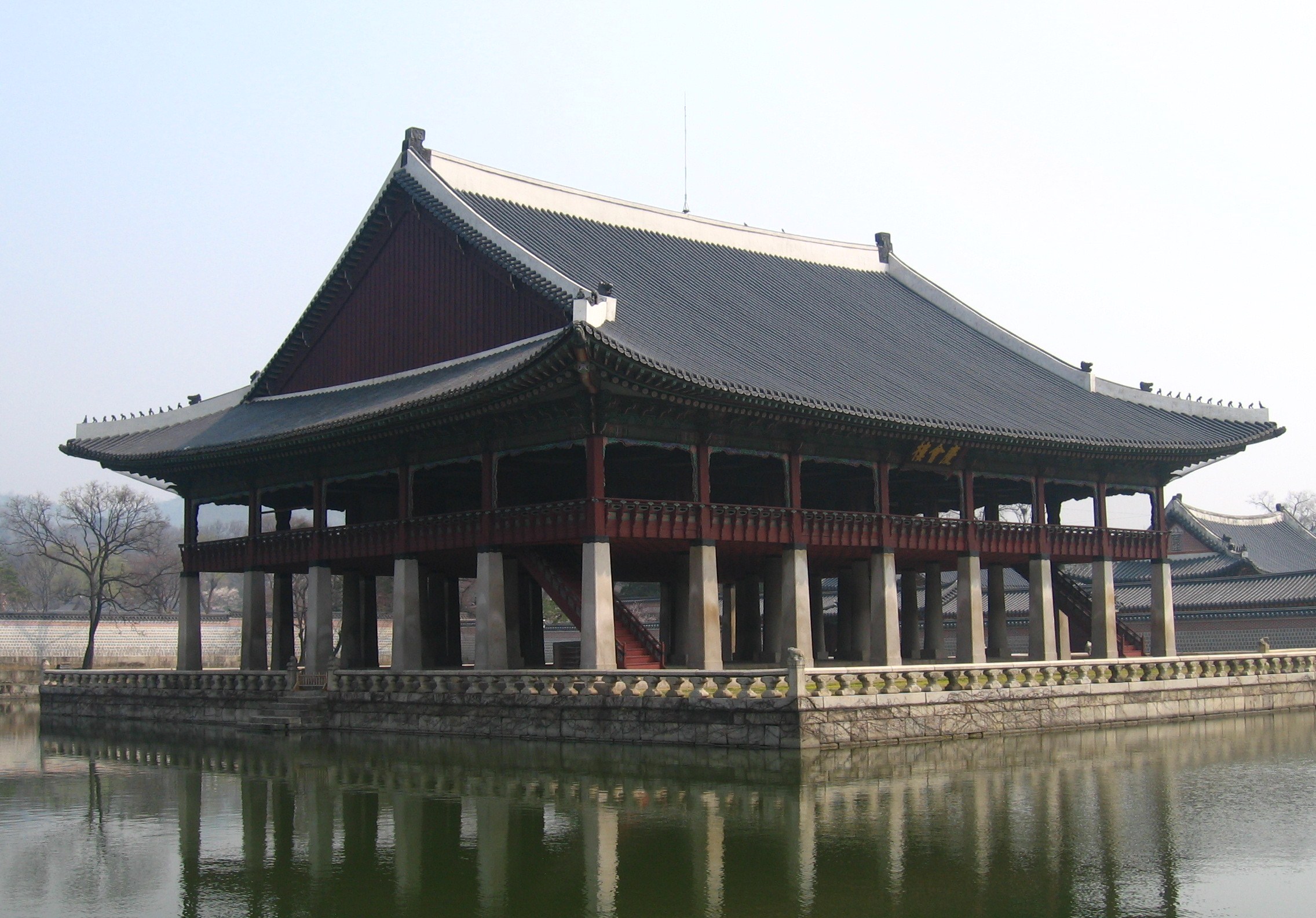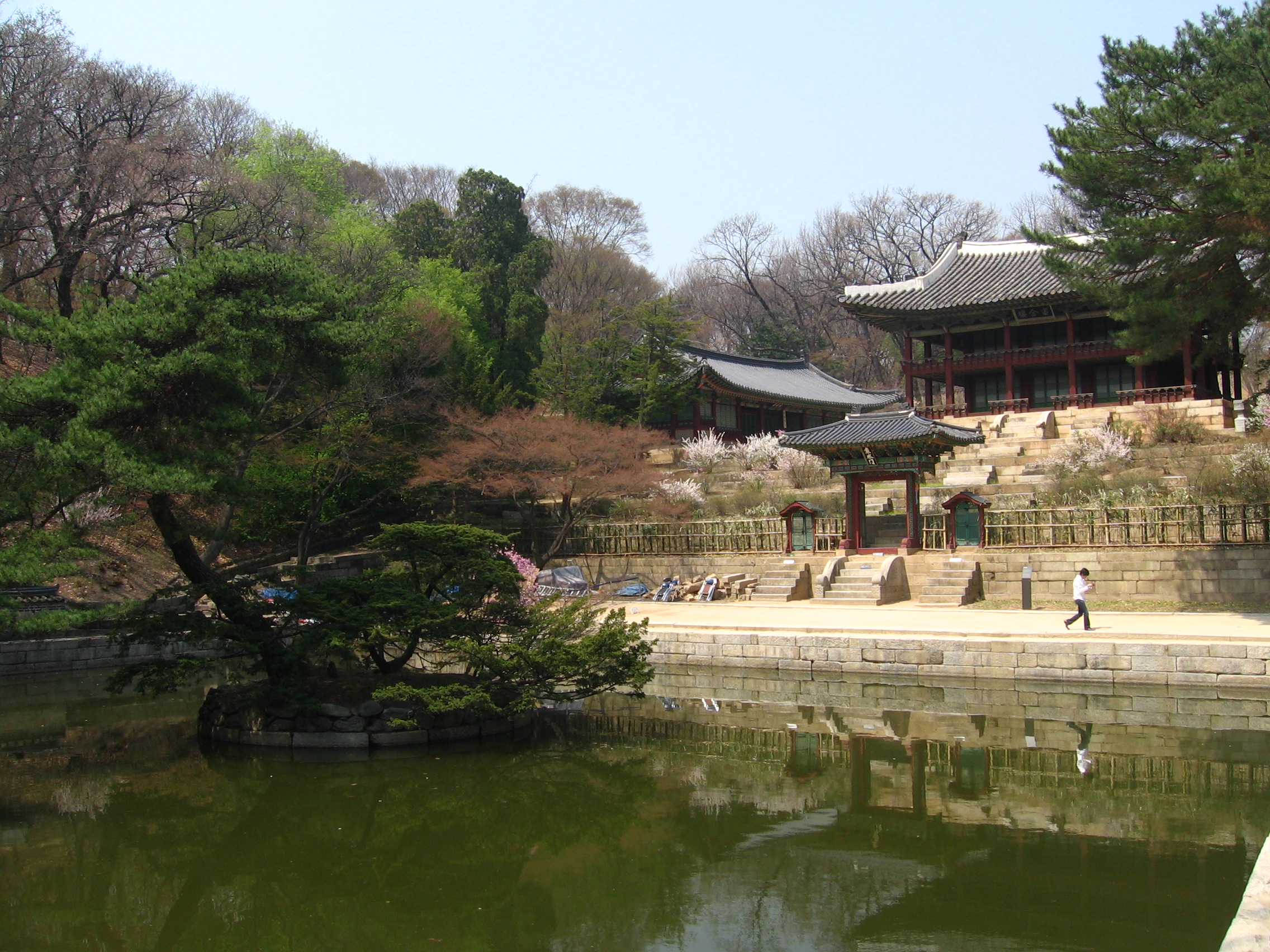I heard the saying before that Cantonese people will eat anything with four legs. During my visit to Guangzhou, I came to the conclusion that this assertion is terribly lacking. Yes, they eat all sorts of four-legged creatures – but much more than that. I stopped by one of the city’s wet markets and it truly was an eye-opening experience. I came to realize that Cantonese cuisine is not just about dimsum, barbequed pork or shark’s fin soup. It goes way beyond the dishes which I would normally think of as food. Some of their specialties could actually be used as staples in Fear Factor.

one of the more conventional dishes - prawns on tofu
Pictures of my discovery after the jump. Be aware that the page contains pictures which some might find disgusting or offensive. Enter at your own risk!
…
